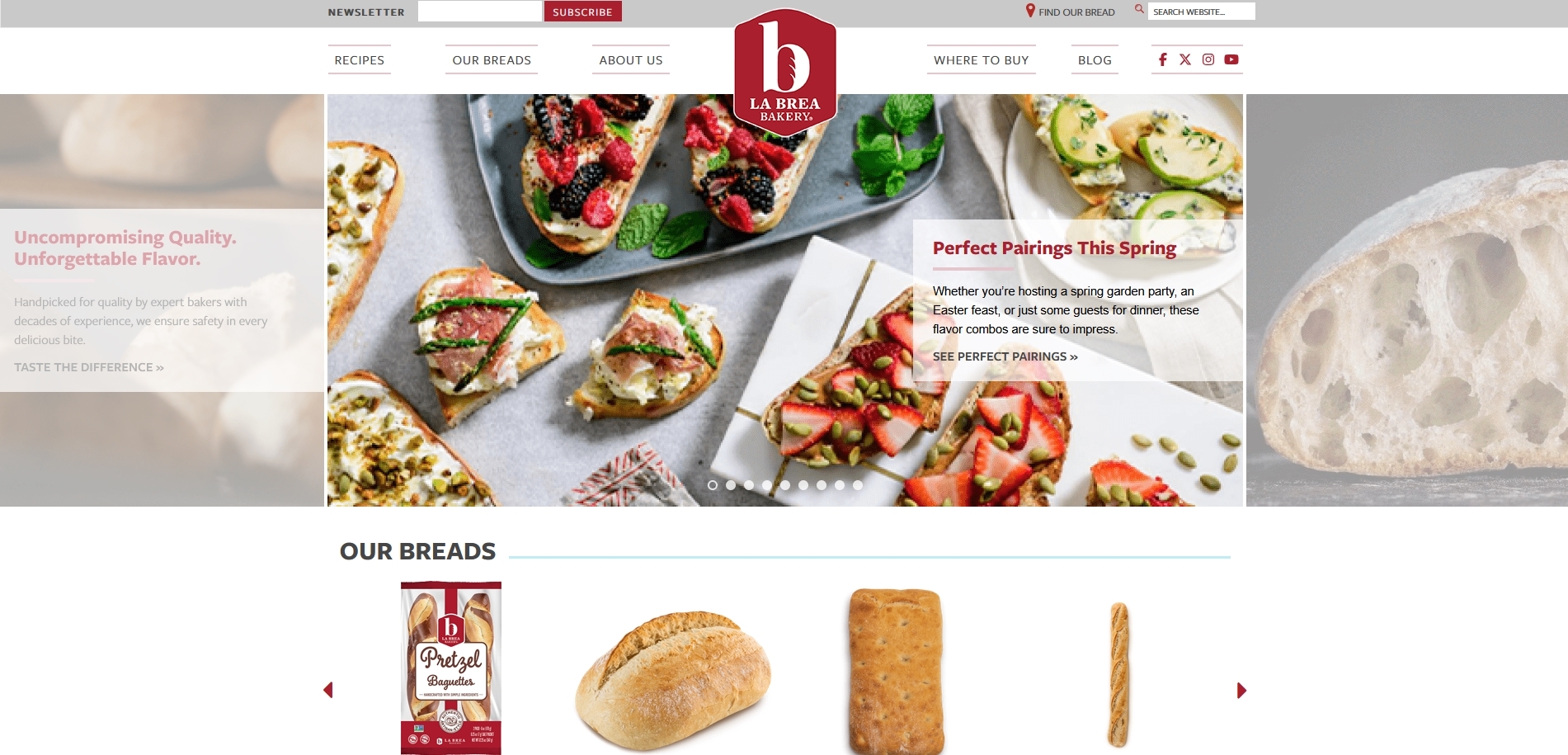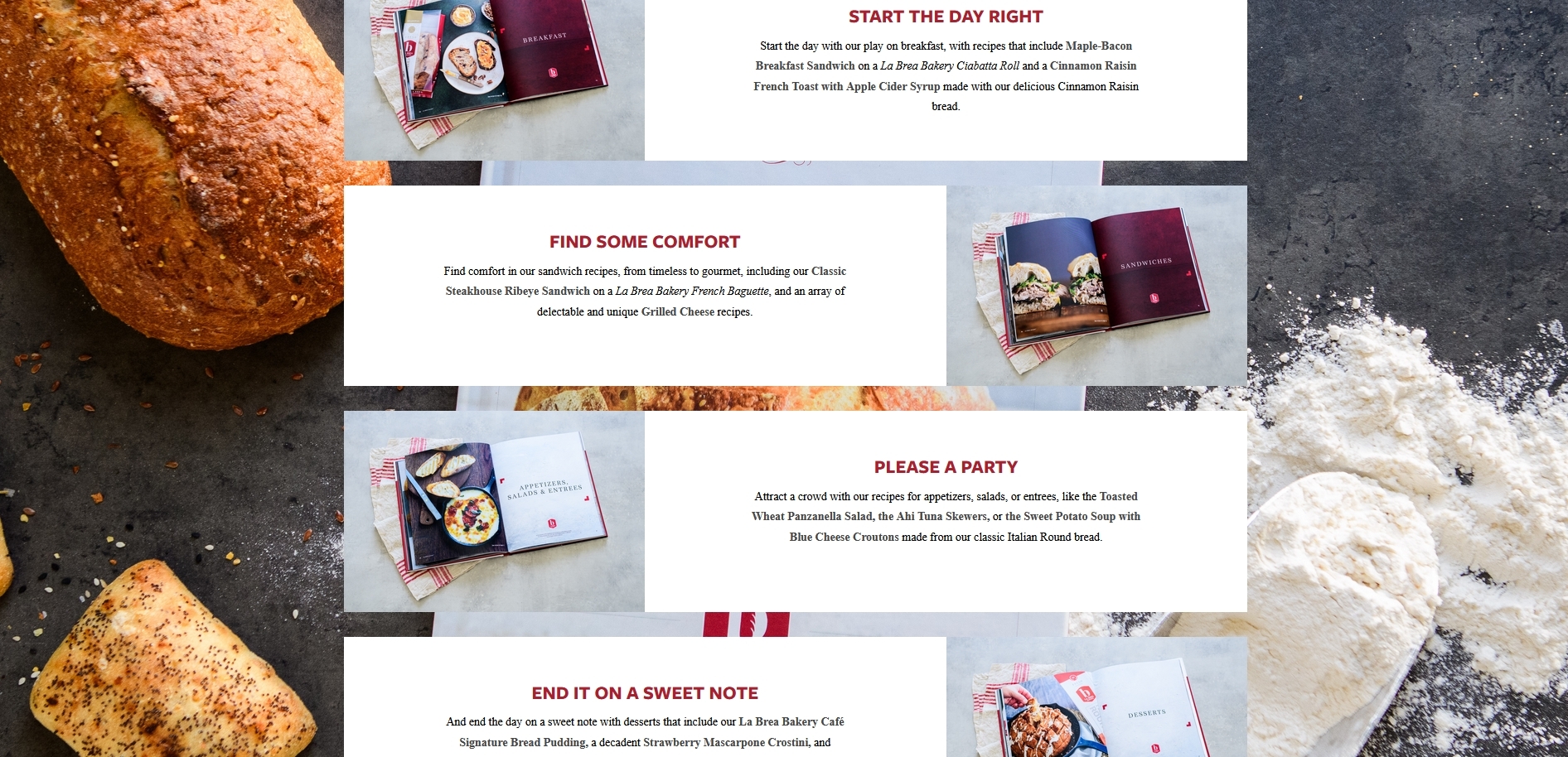Upgrading La Brea Bakery

One of the more technically nuanced projects I worked on involved supporting and upgrading the website for La Brea Bakery. Our team inherited this site from a previous agency, which meant stepping into a stack and setup we didn’t originally architect. The site itself runs on Drupal 9, with deployment handled through Pantheon’s CI/CD pipeline. From the start, we focused on stabilizing and extending the infrastructure in ways that gave both our internal team and the client more flexibility and control over future development.

To make development smoother, we created an offline version of the site using Docker. This allowed us to work safely and efficiently without affecting the live environment. We also improved how feedback was collected by integrating BugHerd for in-depth ticketing and streamlined communication between the client and our developers. This improved turnaround times and made it much easier to prioritize changes across different departments.
Throughout the engagement, we were asked to build a number of custom landing pages that didn’t rely on the existing Drupal templates. One example was a dedicated page promoting their new cookbook, which needed to feel modern and branded while being easy for the client to update later on. Working outside of the default theme meant we had to create flexible, reusable components that still adhered to their overall site style and SEO standards.
One of the largest tasks was upgrading the entire site from Drupal 9 to Drupal 10. Initially, we began this process using Docker, but midway through the project we made the decision to move to DDEV, which significantly streamlined our local development and testing. The upgrade wasn’t just a cosmetic change—it was driven by security. Drupal 9 was nearing end-of-life, and vulnerabilities were beginning to propagate more rapidly. Our client was eager to upgrade for peace of mind, but that meant we had to carefully work through layers of module dependencies, some of which were deprecated or unmaintained.
In many cases, we had to find alternatives or write custom solutions to replace modules that wouldn’t make the jump to Drupal 10. It was a complex puzzle of backwards compatibility and forward thinking, but it was also a chance to do a deep dive into the Drupal ecosystem and come out with a much stronger, more stable foundation for the future. If you’re dealing with a legacy Drupal site or want help making the leap to Drupal 10, I’d be glad to help guide the process.